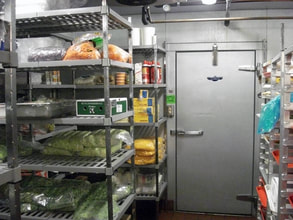 Your waste management and food safety practices go hand in hand: If you have too much excess stock, you run the risk of serving ingredients that are past expiration. At the very least, this may give your guests a less-than-great dining experience with you, but at worst, you may expose guests to a foodborne illness caused by spoiled or expired ingredients. By keeping a close watch on your stock and using automated tools to monitor it, you’re better able to plan in advance to ensure your restaurant is preparing and serving foods while they are still fresh. In the process, you’ll be offering guests a safer dish. A recent Restaurant News report details how Internet-of-Things (IoT) devices can help restaurant kitchens gather data on temperature, humidity, light exposure and other conditions that can impact food quality. Are you using these tools to optimize your inventory management and minimize waste?  In an environment where restaurants are being extra cautious about spending, directing resources toward food safety can feel like an investment that doesn’t give back as much as it should. But as food safety experts shared during a recent webinar from the National Restaurant Association and Steritech, restaurants that are committed to food safety experience benefits such as fewer issues with guests around food quality and safety, easier inspections (and less need for reinspections and follow-up training), and better records of recruiting and retaining staff. To realize those benefits, they said, restaurants must set clear and measurable goals; collect and analyze accurate, frequent, consistent data to measure performance against goals; then report back to the organization so everyone knows what needs to be done to close the gap and what they can do to help the business reach its goals. Any goals should be SMART: Specific, measurable, action-based, realistic and time-bound. Specifically, there should be systems in place to allow you to measure what’s happening, people have to understand what steps they must take to reach their goals and have the tools they need to handle their tasks, and there should be clear, connected milestones to keep everyone on track. Looking at your own food safety program, are there gaps that this structure can help you fill and help you generate a stronger return on your investment?  In an environment where so many employees are new, it can be easy for people to look to others to manage food safety tasks. But in reality, it needs to be part of everyone’s job description. Does everyone on your team take ownership of it? In a recent report in Modern Restaurant Management, food safety expert Francine Shaw advises operators to support food safety through regular evaluations, internal audits and performance reviews. Make sure your staff have feedback mechanisms to report issues too. This can help you identify problems and stop them in their tracks, prompt some (non-punitive) corrective training on the spot, and also give you an opportunity to recognize and reward staff who consistently demonstrate a commitment to protecting food safety. When your team sees that their food safety efforts are valuable – to you and to them – you’ll be able to weave them into your restaurant’s culture. 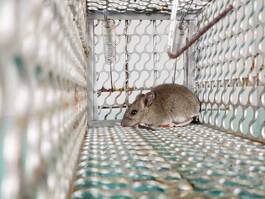 Pests are looking for shelter during the cooler months and your kitchen is likely a warm, fragrant attraction for them. But you can take steps to prevent an infestation – or at least spot the early signs of one and handle it before it becomes a full-blown safety problem. In addition to having your staff check pest traps regularly, ask them to be aware of other warning signs: cardboard or other containers that look like they have been chewed, shredded paper or cardboard that rodents might use for nesting, droppings, the sounds of scratching or other possible animal activity in the walls, unusual smells, or insect activity in or around bins or food storage areas.  At a time when restaurants must justify every expense, cutting corners can seem unavoidable – especially in areas your guests don’t see or appreciate. Food safety can be one such area – after all, guests are less likely to compliment a safe dining experience than complain about one that makes them ill. But consider the numbers. According to research from the National Institutes of Health, the cost of a single foodborne illness outbreak ranged from $3,968-$1.9 million for a quick-service restaurant, $6,330-$2.1 million for a fast-casual restaurant, $8,030-$2.2 million for a casual-dining restaurant, and $8,273-$2.6 million for a fine-dining restaurant. On the lower end, they considered the likely expenses generated by a five-person outbreak with no lost revenue, lawsuits, legal fees or fines. On the higher end, they considered a 250-person outbreak, with 100 meals lost per illness, as well as high legal fees and fines. Talk to Team Four if you’d like to find out how to get more from your food safety program. 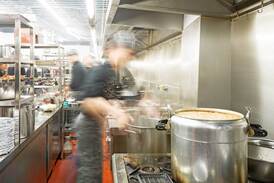 When the food safety auditor Steritech analyzed more than 100,000 food safety assessments for quick-service, fast-casual and casual restaurants in the first seven months of this year, they uncovered some common safety challenges. Across the board, the top three restaurant violations relate to the cleanliness of nonfood-contact surfaces (like knobs, cooler handles and equipment surfaces), the condition of nonfood-contact surfaces (like cracked knife handles or rusty shelves), and general facility cleanliness (like residue on walls, ceilings and floors). Steritech says common industry challenges such as training gaps, labor shortages and budget limitations may be behind the findings. If you’ve been experiencing these challenges, review your schedule and cleaning routine to ensure these areas are being covered, and plan equipment repairs in advance to avoid injuries.  Your staff knows what’s happening behind the scenes of your restaurant – both the good and the bad. So if guests ask them what they think about a menu item – or if they would recommend it – and the employee hesitates to answer because they haven’t tried the food or wouldn’t eat it, guests might get a bad taste in their mouths before trying anything. So think of your staff as a pilot group of restaurant guests. If you can connect them with the food you serve, listen to their feedback and encourage them (through your safety practices) to trust the quality of your food, they can become strong front-line ambassadors of your brand. 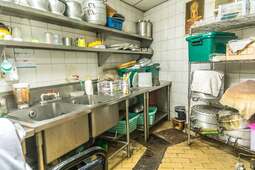 You may run a pristine kitchen, but if the area outside your back door is a mess of piled-up trash and boxes that haven’t been broken down, it’s more likely that your kitchen management needs improvement. Consumers (not to mention inspectors) take note of these parts of your restaurant when evaluating its safety, so don’t give them cause for concern. As the weather cools and rodents and other pests are looking for shelter, make sure you’re not attracting them with food scraps or giving them places to hide outdoors.  Aprons and other pieces of the employee uniform can send a helpful subconscious message to the wearer that they are about to handle food, chemicals or start another restaurant task that demands their attention. But these pieces of equipment can also be sources of contamination if an employee absentmindedly wipes their hands on their apron after cutting chicken, brings their hat into the restroom, or is wearing items that aren’t clean. Make sure your training practices dictate your policy around this equipment – how to wear it, when not to wear it, where to store it and what your expectations are around having clean equipment to wear.  Root vegetable season is here – and while the colors, flavors and nutrient content of this produce can elevate your fall and winter menus, these items also require some extra care to protect food safety. Most of the bacteria on produce comes from the soil that remains on their surface, so root vegetables need attention here. Even if you will be peeling and cooking these items, they need to be cleaned thoroughly first. Shortly before preparing root vegetables, remove any soil, then scrub them with fresh water to dislodge pathogens that may have accumulated in the vegetable’s crevices. You may want to use an additional cleaning solution for vegetables as an extra precaution. |
subscribe to our newsletterArchives
April 2024
Categories
All
|
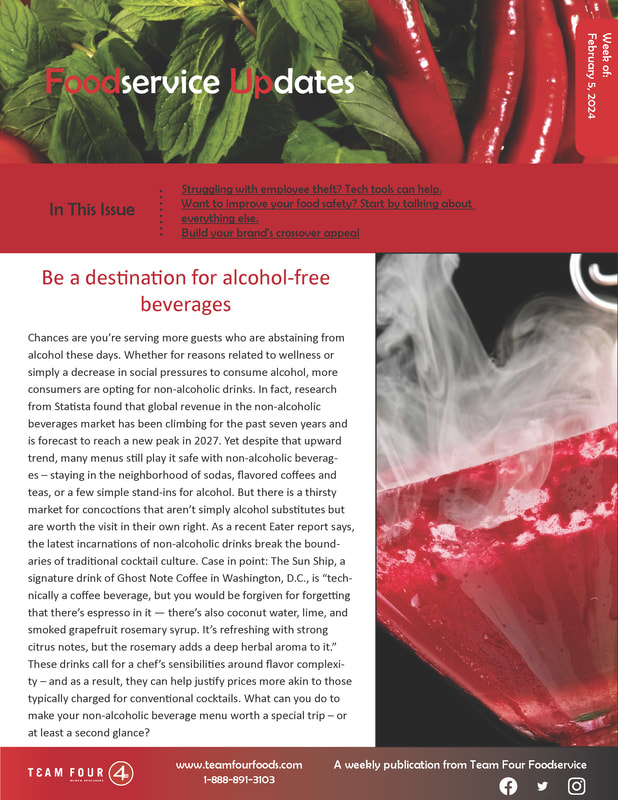
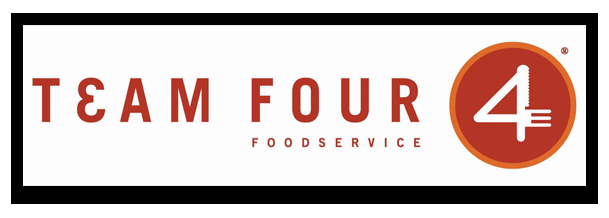
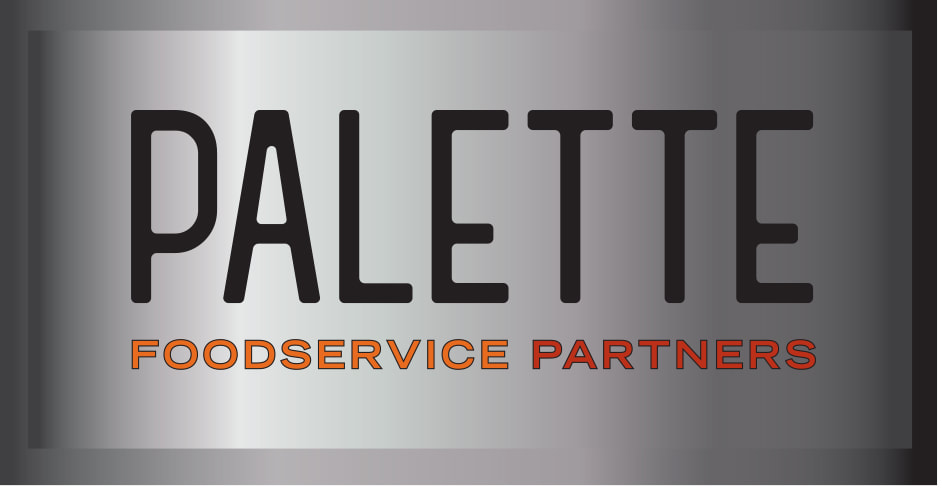
 RSS Feed
RSS Feed